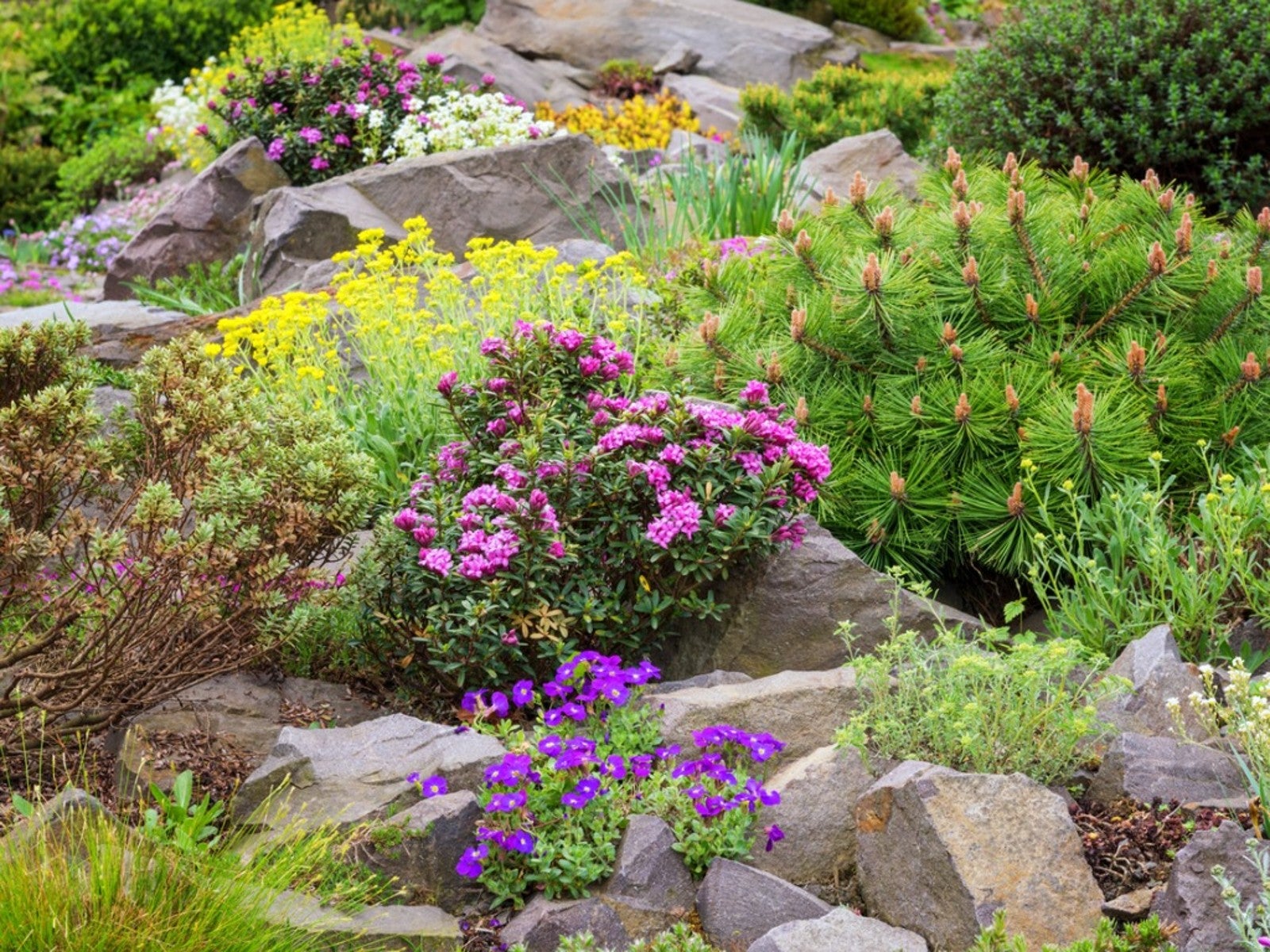Best Short Bushes For Erosion Control


Erosion, the process by which weather reduces soil in a site, can cause serious structural, environmental, and increases in pollution of natural waters. In the home landscape erosion poses a threat to the structure and must be mitigated. Using shrubs for hills and other prone to erode sites can help stabilize the area and prevent further soil loss. The best shrubs for erosion control will depend upon your zone and site conditions but should develop a strong root system to hold the land in place.
Erosion control bushes are effective not only on hillsides but as foundation plantings. They enhance the beauty of the landscape while performing work horse soil retention. Good shrubs for erosion control should have the ability to establish quickly, withstand a variety of moisture levels and ideally require little special care.
Selecting Erosion Control Bushes
While sod grass will maintain soil on slopes, it is difficult to maintain. Alternatives that spread and protect soil such as creeping junipers, are fairly maintenance free. Choosing the right shrubs for hills requires consideration of sun exposure, soil type, the degree of slope, and budget. Plants that creep are excellent at holding soil even on inclines. Low growing but spreading plants cover the exposed soil, helping to maintain it. There are many plants from which to select, with many very winter-hardy.
- Vinca- beautiful flowers and evergreen nature
- Cotoneaster- bright red berries
- St. John's wort- lively gold blooms
- Lily turf- Mondo grass comes variegated or even black
- Pachysandra- evergreen delicately cut leaves
- Creeping plum yew- fast growing, fern-like foliage
- Ostrich fern- shade lover
- Creeping phlox- bright purple-pink flowers
- Dwarf native myrtle- leathery leaves with pink to white flowers
- Sumac- spreads nicely but can become invasive
Evergreen Shrubs for Slopes
Continued greenery even during the cold season brightens up the landscape. Selecting evergreen bushes keeps the garden looking alive even in winter. Trees with extensive root systems can be an important part of erosion control. Evergreen conifers like Western red cedar, Sitka spruce, Western yew, and Shore pine, will develop deep, broad root systems that help hold soil in place. Creeping juniper is another evergreen specimen but it has a lower profile than a tree and produces blue berries.
Pachysandra is also evergreen in most locations, as are barberry, privet, and winterberry. Yellow root is another evergreen specimen useful for soil stabilization while providing beautiful, purple flowers in spring.
More Erosion Control Plants
The size of the exposed site should be considered, as well as whether you want one continuous species or several varieties for a more landscaped effect.
- Rhododendron
- Salmonberry
- Ninebark
- Red flowering currant
- Oregon grape
- Snowberry
- Cranberry
- Spirea
- Thimbleberry
- Twinberry
- Red elderberry
- Hazelnut
- Chokecherry
- Evergreen huckleberry
- Mock orange
- Wild gooseberry
Many of the plants that produce berries will also enhance the environment by providing food and habitat for wildlife and birds.
Sign up for the Gardening Know How newsletter today and receive a free copy of our e-book "How to Grow Delicious Tomatoes".

Bonnie Grant is a professional landscaper with a Certification in Urban Gardening. She has been gardening and writing for 15 years. A former professional chef, she has a passion for edible landscaping.